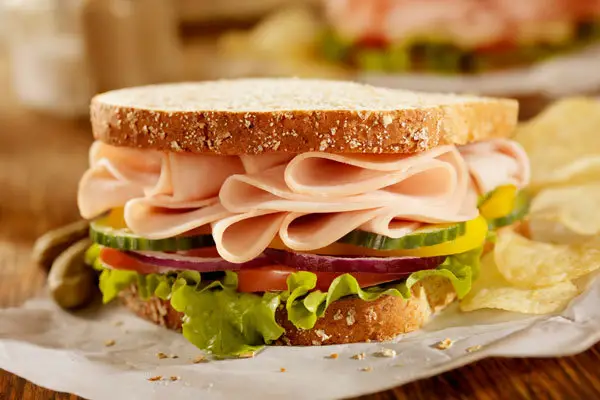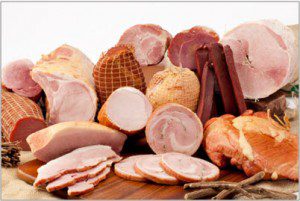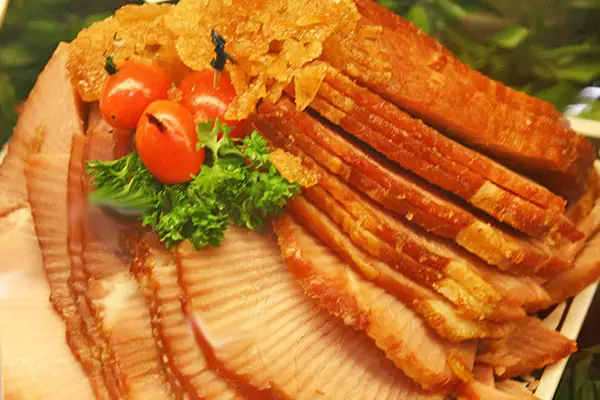The world of delicatessen establishments is very intricate and difficult to survive in. Many delis have gone beyond selling fresh cut meats and pickles to becoming full-blown grocery stores just to keep an edge over the competition. However, the best delis survive not because they’ve evolved into convenience stores but because they maintain the secrets of the trade that every customer needs to know.
What are these trade secrets? Keep in mind that every deli survives because they make a profit so why do some delis, like Whole Foods and Schnucks, do so well when they haven’t completely jumped the boat yet?
To understand what you’re spending on and why some delis do so well, consider the following five deli trade secrets:
Secret #1 – Delis are Very Particular When It Comes to Meat Expiration Dates
But what’s the difference? “Sell by” refers to the last date that an establishment can sell a product. After that date and the meat can still be eaten but it isn’t recommended to sell. “Best if used by” is the date that shows when the product is at its finest. This is the date that most delis live by.
Then there is the “use by” date. This is the date showing the very last date the food can be consumed. Since the “use by” date is already well past their product’s primary condition, no deli ever sells their product this long. Very often they will sell chicken or meat only up to their “best if used by” date.
Secret #2 – Delis are Required to Add Their Water Content on the Label
This is why you’ll only see “contains up to 10% added water” on their labels. This does mean that for every 10 pounds of turkey you’re buying, a good 1 pound is purely just plain old water. The good thing though is that the deli lets you know this.
At a grocery store you’d never be aware of this secret.
Secret #3 – Cold Cut Meat and Poultry are Divided Into Three Categories
Whole cuts are your typical roast turkey or chicken cuts. They’ve only been cooked a bit to add some flavoring, salt, and others. These are easily perishable and have to be sold quickly.
Then there are sectioned and formed products. These are products where the meat from different body parts have been cut into chunks and then bonded together so that they are easier for consumers to prepare and cook at home.
Processed meats are your typical cold cut products such as sausages. As a matter of fact, sausages make up the majority of processed meat products. Any kind of meat that has been delicately cut, flavored, and then bonded into symmetrical shapes is referred to as processed meat products.
This is important to know because a lot of customers mistakenly refer to one category when they really expect another. Many customers mistake fresh cut sectioned meat as “processed meat” and vice versa.
Secret #4 – Customers Can Ask for a Sample
Asking for a sample is a good option for customers to know exactly what they are buying and for how much. This becomes a necessity for customers shopping for gourmet slices.
This also extends to their sandwiches. If you see a sandwich already carefully wrapped you can ask the deli workers to make you a fresh version right in front of your eyes so you know exactly what the contents of the sandwich are. It would be best if you paid for a hot sandwich with freshly cut and cooked meat so you can really give it a try.
Secret #5 – Delis Stack Coupons
Not all but many delis will stack coupons, even when they come from competitors. That’s right – if you got extra coupons lying around, even if they come from different delis in town, you can use them all in one establishment.
This is because many of the meat products and processed meat sold at delis like Kroger all come from the same supplier. The only difference is how the deli prepares and then sells the product but their costs for the initial cut are the same.






